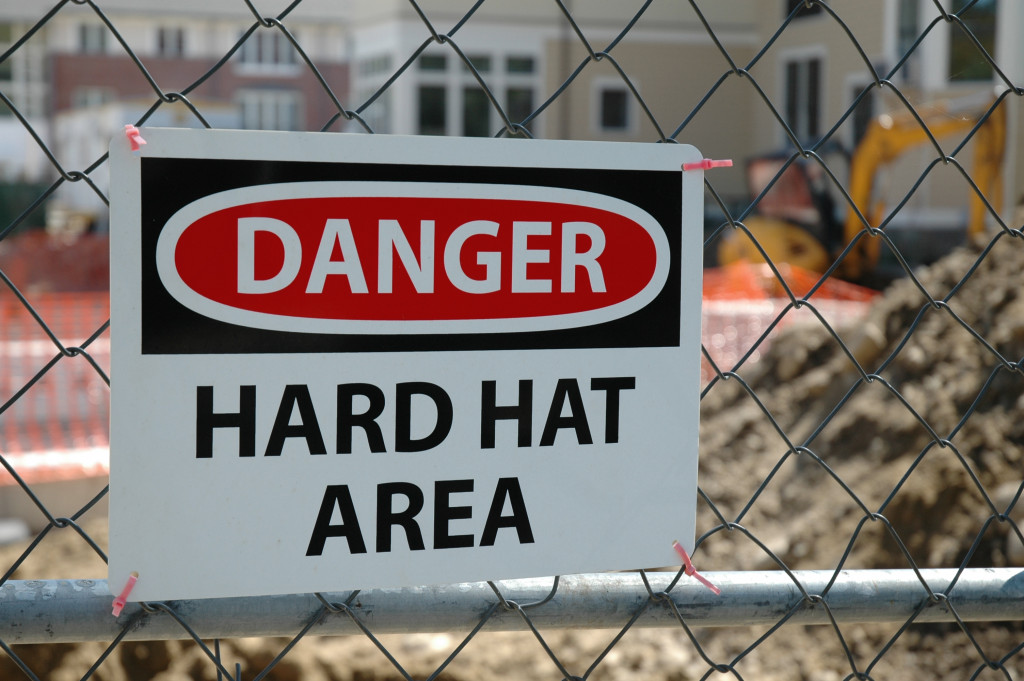The workplace can be dangerous, especially in industrial settings. According to the latest available data from the U.S. Bureau of Labor Statistics (BLS), in 2019, there were 1,102 fatalities in the construction industry. This represents 20.7 percent of the 5,333 total fatalities in the workplace that year. The most frequent causes of fatalities were workers tripping, slipping, and falling. These increased by 22.9 percent from the previous year.
The Occupational Safety and Health Administration (OSHA) adds that the other three top causes of fatalities in the construction industry are being struck by equipment or other heavy objects, being caught between equipment or other heavy objects, and electrocution.
Other industrial sectors with worker fatalities in 2019 include transportation and warehousing with 913 fatalities. Agriculture, forestry, hunting, and fishing had a total of 573 fatalities. Quarrying, mining, and the extraction of oil and gas claimed 127 workers’ lives.
OSHA has many standards for worker protection in industries. It reports that in 2020, the most violated standards, from highest to lowest, were on fall protection in construction, hazard communication in general industry, respiratory protection in general industry, scaffolding in construction, ladders in construction, and more. While there is still no data on the number of worksite fatalities in 2020, such violations significantly increase the risk of worker injuries and deaths.
Workplace Safety
Companies must provide workers with thorough training, including safety training, before being put on the job. Employers must also conduct regular training refreshers or updates. Workers must be provided with the appropriate safety gear for every task. The usual personal protection equipment (PPE) used in industrial sites include hard hats, safety glasses, steel-toed boots, safety gloves that differ depending on the task, and coveralls that differ based on the task.
For instance, coveralls for workers dealing with high heat differ from those worn to protect against chemical splashes. Ear protection must be used when working in areas of loud noise. Respiratory equipment must be provided for workers in an environment with potentially contaminated air.
Some safeguards can be put in place for worker safety. For instance, when scissor lifts are used in areas with flooring, scissor lift oil diapers must be used to prevent the dripping of hydraulic oil and other types of lubricants on the floor, hence, removing the danger of slips.
OSHA recommends that to prevent falls, perimeter protection must be installed and maintained in elevated areas. Workers must use equipment that arrests falls. Scaffolds and ladders must be used with care. Floor openings must be covered, secured, and prominently labeled. Excavations or trenches must have barriers.
To prevent being struck by equipment or heavy objects, workers must wear work clothes with high visibility. To prevent being caught in between, they must never position themselves between fixed and moving objects or between two moving objects.

To prevent worker electrocution, portable electric tools must be grounded or double insulated. Ground-fault circuit interrupters must be installed. Workers must keep a safe distance from power lines. They must be aware of the location of powered utilities in their area of work.
During the pandemic, companies must follow the guidelines of the Centers for Disease Control and Protection (CDC) and OSHA to prevent the spread of Covid 19. Workers, whether fully vaccinated or not, must wear masks indoors. When working outdoors, fully vaccinated workers can forego masks, but unvaccinated ones must continue to wear masks. Employers must provide these masks for free.
Physical distancing must be implemented even during breaks, especially in a workforce with mixed vaccinated and unvaccinated workers. Breaks can be staggered to avoid crowding in pantries, eating areas, and restrooms. Workers’ arrivals and departures can also be scheduled in small groups to prevent crowding at the entrance, around time clocks, and in locker rooms.
The workplace must be well-ventilated. Sanitation and disinfection must be done between shifts. There must be hand sanitizers in workstations.
Workers’ Protection
The safety and wellbeing of each worker are the responsibility of every industrial company. All laws and regulations must be followed to the letter. This is also to the benefit of the company. It will prevent lawsuits and stiff penalties. It will also prevent damage to the company’s reputation.
Most importantly, it will ensure that workers feel secure and, therefore, become more productive. Higher productivity results in higher revenues to make the company more stable. Stability also protects workers’ jobs. It is a cycle that is beneficial to all.

